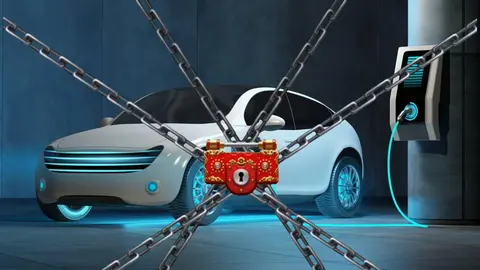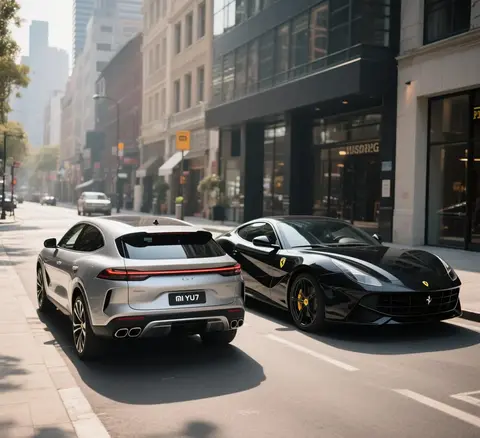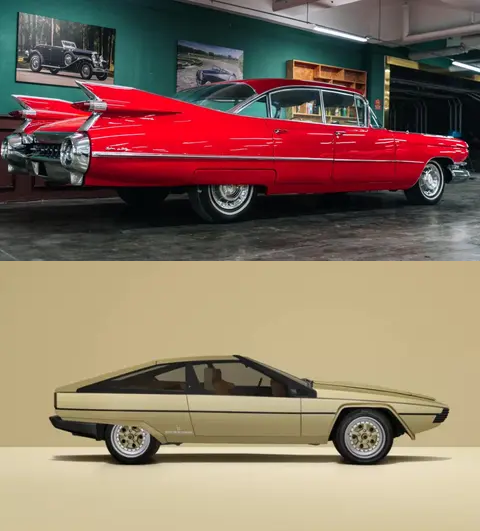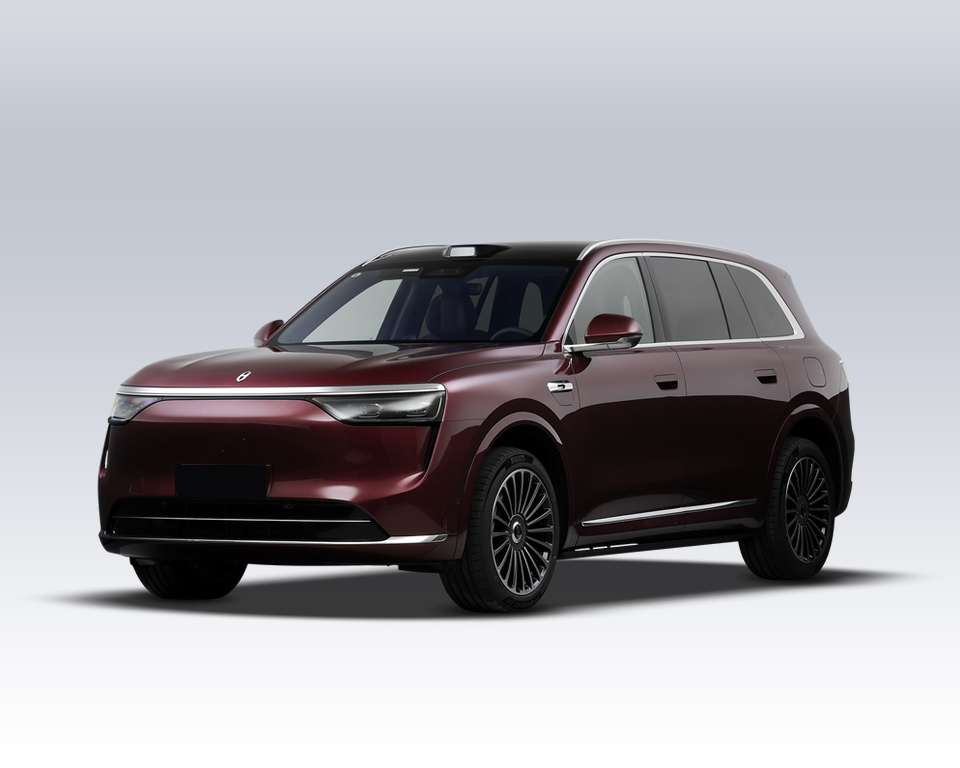Why Do All New Energy Vehicles Look the Same? The Truth Behind the Design Convergence
In recent years, as new energy vehicles (NEVs) have rapidly gained popularity worldwide, both consumers and industry insiders have begun to notice a peculiar trend: many NEVs are starting to look strikingly similar. From front grilles to silhouettes, the “copycat” look is hard to ignore.
Why is this happening? Is automotive innovation stalling, or are there deeper forces at play? Here’s a breakdown of the five major reasons behind the growing design homogenization in the electric car era—and what might be done to reverse it.

1. ⚡ The Constraint of Energy Efficiency and Range
Unlike gasoline vehicles, where aerodynamic efficiency wasn’t always top priority (except for sports cars), electric vehicles are shackled by range anxiety. Every design element—from the shape of the body to the size of the wheels—must prioritize energy consumption.
Closed front ends, hidden door handles, and smooth, low-drag designs have become the norm. And without a traditional grille to showcase brand identity, much of the styling personality is lost. Especially in the mid- to low-end EV market, priorities have shifted toward battery capacity and intelligent features, often at the expense of bold styling.

2. 🧱 Modular Platforms and Shared Components
With electrification, even entry-level models can be loaded with smart features thanks to the flexibility electric power brings. But modular platforms like VW’s MQB or Geely’s CMA mean brands often share chassis, drivetrains, and components. This inevitably leads to similar exterior profiles.
Interiors also follow trends quickly. Once a certain feature gains traction—say, in-car refrigerators, massive screens, or plush “sofa-like” seats—it gets copied rapidly. These additions don’t carry high technological barriers, making differentiation even harder.

3. 📏 Stricter Safety and Regulatory Standards
While classic American and European cars once embraced bold, futuristic forms—like rocket tailfins or wedge-shaped bodies—today’s cars must adhere to strict crash safety and pedestrian protection standards.
In China, new standards regulating external protrusions require smoother, more rounded shapes. The global push for collision safety encourages taller bumpers and flatter hood lines, which further compresses design creativity.
And the latest Chinese EV battery safety regulations (aimed at preventing fires after crashes) will influence car proportions even more moving forward.

4. 💸 High Cost of Innovation and Risk
In the early days of EV development, brands like Mercedes (EQ series) and BMW (i series) ventured into radical design. Many startups tried futuristic forms but failed to resonate with mainstream buyers.
Now, with investors cautious and market pressures rising, automakers have become conservative. Even Xiaomi—armed with fan loyalty and vast funds—chose a safe design for its first car, despite accusations of “copying.”
Failed experiments like the MEGA from Li Auto have made automakers more reluctant to take risks. Imitation, unfortunately, often feels like the safer bet.

5. 🏭 Traditional Giants Also Struggle to Break Free
In the past decade, China’s EV supply chain matured rapidly, and new players like Tesla or NIO sparked innovation with different visions—even if some didn’t survive. But their work gave legacy automakers a reference point.
At its core, the car industry runs on scale. High volume means more profit to reinvest in R&D. As a result, even traditional joint ventures are now releasing EVs that look and feel almost indistinguishable from those by newer players—apart from the badge.

Breaking the Mold: 4 Ways Forward
🎨 Strengthen Brand Identity & Design Language
Embrace cultural uniqueness—like integrating Chinese traditional aesthetics—to build a distinct design identity.
🧠 Innovate in Smart Features
From unique user interfaces to customizable driving modes, brands can win on tech innovation without always altering the vehicle’s shell.
🛠️ Enable Customization & User Involvement
Let users personalize their cars—paint colors, interior materials, or lighting. This builds loyalty and connection.
🌍 Explore Niche Segments and Emerging Markets
Instead of fighting in the crowded middle, brands can branch into microcars, high-performance EVs, or underserved regions.

A Final Thought
From the flamboyant Ford Thunderbird of the ’50s to the minimalist Beetle and Mini Cooper, from the muscular Mustangs to the disciplined Mercedes S-Class and BMW 3 Series—automotive design has a rich legacy of experimentation.
Even now, elements like shark fins, wedge bodies, and Hofmeister kinks still echo through modern cars.
But EVs only recently entered mass-market territory. As old and new forces collide and coexist, we’re likely at the cusp of a new design evolution. When production scales stabilize and tech innovation deepens, perhaps the creative shackles on EV design will finally be removed—and the next golden era of auto aesthetics will begin.
Please explore our blog for the latest news and offers from the EV market.





